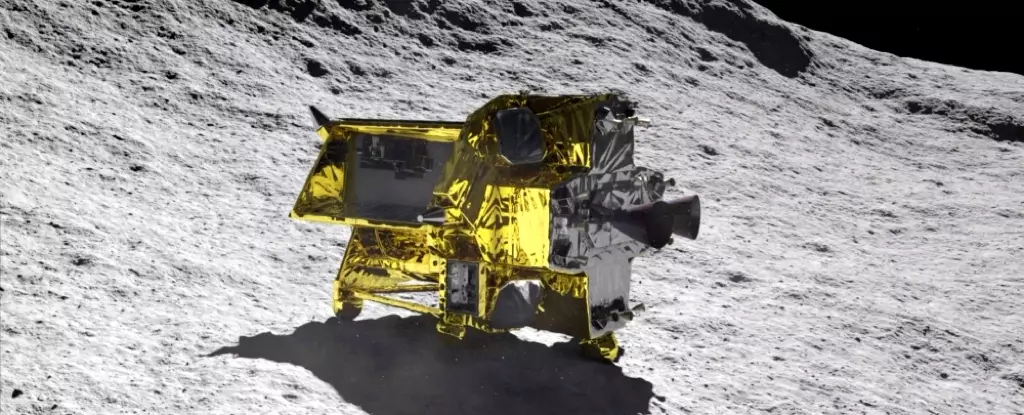Japan’s space exploration efforts have reached a critical milestone as the Smart Lander for Investigating Moon (SLIM) successfully entered the Moon’s orbit on Monday. This achievement brings Japan one step closer to its first successful lunar landing, which is expected to take place next month. With its innovative technology and ambitious mission objectives, SLIM aims to join the elite group of countries that have successfully landed a probe on the lunar surface. This article explores the significance of SLIM’s mission, the challenges it faces, and the potential scientific breakthroughs it could unlock.
SLIM, also known as the “Moon Sniper,” derives its nickname from its remarkable precision in landing within 100 meters of a specific target on the lunar surface. If successful, this feat would make Japan the fifth country in history to achieve a successful lunar landing, following in the footsteps of the United States, Russia, China, and India. The Japan Aerospace Exploration Agency (JAXA) announced on Monday that SLIM had entered the Moon’s orbit according to plan, marking a crucial milestone in the mission’s progress.
JAXA’s SLIM project has been a culmination of two decades of dedicated research and development. Unlike previous lunar probes that landed several kilometers away from their intended targets, SLIM boasts an unprecedented margin of error of less than 100 meters. This level of accuracy was previously considered impossible and demonstrates the advancements in technology that Japan has achieved. The lander’s trajectory shift and overall conditions align perfectly with the mission’s plan, giving researchers confidence in its potential for success.
SLIM’s mission goes beyond achieving a precise landing. Its equipped spherical probe, developed in collaboration with a toy company, allows it to move and explore the lunar surface more flexibly. This innovative technology opens up opportunities for pinpointing specific targets like craters and rocks, which are of great interest to scientists studying the Moon’s composition and formation. By strategically sampling lunar permafrost, SLIM aims to contribute to our understanding of water resources on the Moon. This knowledge could pave the way for future exploration and potential colonization efforts.
Japan’s journey to successful lunar exploration has not been without setbacks. The country has experienced two failed attempts in the recent past, both in the public and private sectors. In 2020, a lunar probe named Omotenashi, launched as part of the United States’ Artemis 1 mission, did not achieve its objectives. Additionally, a Japanese startup called ispace encountered communication loss with its craft after a “hard landing” during its own attempt to land on the Moon in April. These failures highlight the complexities and risks associated with space exploration.
Despite the challenges, Japan’s dedication to space exploration remains strong. The SLIM mission represents a significant leap forward in precision landing and highlights the country’s commitment to pushing the boundaries of scientific achievement. If SLIM’s lunar landing is successful, it will undoubtedly contribute valuable data to the global scientific community. Furthermore, it will solidify Japan’s position as a leading nation in space exploration and inspire future generations of scientists and engineers.
Japan’s SLIM probe reaching the Moon’s orbit is a remarkable achievement in the nation’s pursuit of lunar exploration. With its “Moon Sniper” capabilities and ambitious mission objectives, SLIM is on a path to join the ranks of countries that have successfully landed a probe on the lunar surface. Beyond the race for lunar glory, the mission’s precision and scientific goals hold great potential for unraveling the Moon’s mysteries and advancing our understanding of space. As SLIM prepares for its lunar landing, the world eagerly watches this historic endeavor and awaits the knowledge and discoveries it may bring.


Leave a Reply